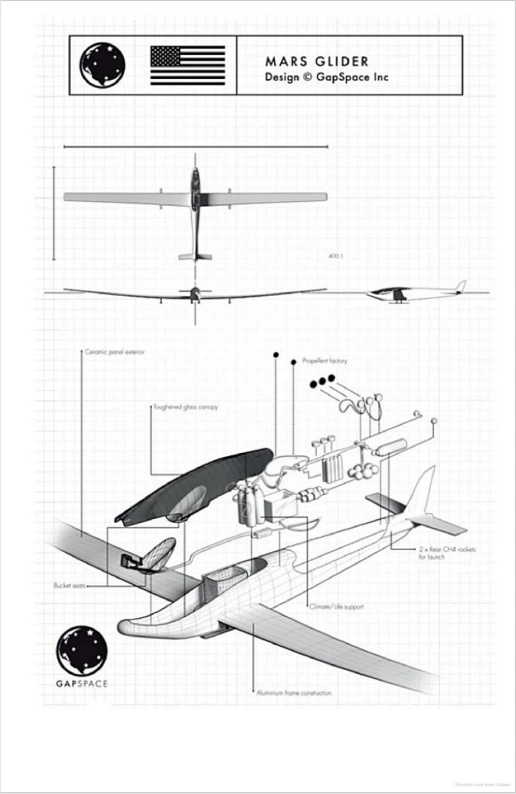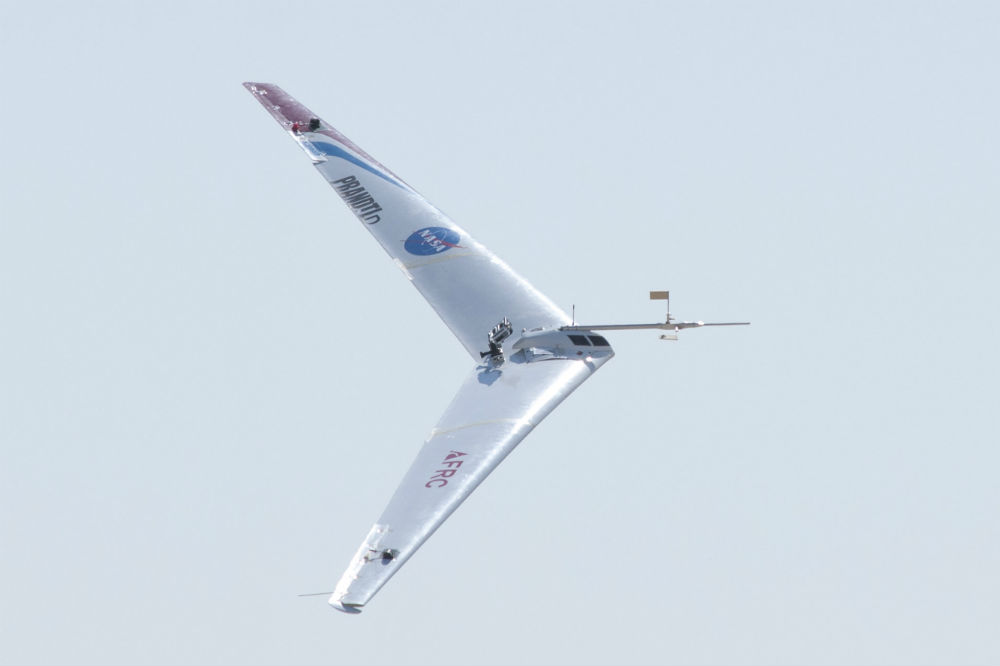https://www.space.com/40570-nasa-sending-helicopter-to-mars.html
NASA will include a small, autonomous helicopter in the agency’s upcoming Mars 2020 rover mission, officials announced today (May 11).
The craft will undergo a 30-day test campaign once it reaches the Red Planet to demonstrate the viability of travel above the Martian surface with a heavier-than-air craft.“NASA has a proud history of firsts,” NASA’s administrator, Jim Bridenstine, said in a statement. “The idea of a helicopter flying the skies of another planet is thrilling. The Mars Helicopter holds much promise for our future science, discovery and exploration missions to Mars.”
The Mars Helicopter’s development began in 2013 at NASA’s Jet Propulsion Laboratory (JPL) in California. It’s just under 4 lbs. (1.8 kilograms), and its body is about the size of a softball, NASA officials said in the statement. It will carry solar cells to charge up in the light of the sun and a heating mechanism to endure cold nights on the Red Planet.
The helicopter’s twin blades will whirl at about 10 times the rate of a helicopter’s blades on Earth — at 3,000 rpm — to stay aloft in Mars’ thin atmosphere.



